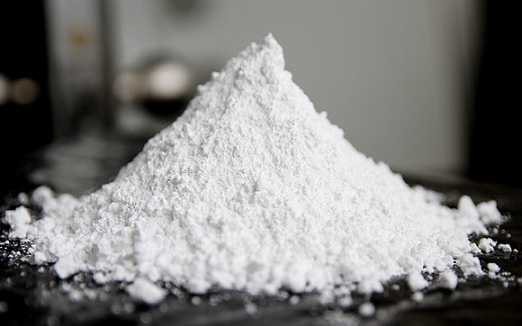
The purpose of early plastic modification was mainly to reduce product cost. Up to now, calcium carbonate inorganic powder is still the main body of plastic filling modification; the surface modifier of early filling modified calcium carbonate and other powder materials ranges from stearic acid to coupling There are medicines, and they have received very good results. Roughly since the 1980s, in order to improve some specific properties of plastics, such as flame retardant modification, antistatic, glass fiber reinforced modification, biodegradation and photodegradation modification, etc. have emerged; The various mechanical and physical properties of the resin are the main ones, as well as the continuous improvement and improvement of the processing methods; during this period, new varieties of compatibilizers and coupling agents have emerged and expanded, as well as improvements such as performance enhancement. Plastic processing machinery has also developed from single-screw extruders to twin-screw extruders and reciprocating single-screw extruders. This has promoted the vigorous development of my country’s modified plastics business, and at the same time expanded the demand for calcium carbonate and other powders.
Calcium carbonate and other powders are added to plastics to modify them. At present, there are generally two ways:
1. Direct powder mixing method: This method is divided into two methods: A. Direct method: After blending and stirring the powder and plastic resin, they are directly sent to the plastic molding machine for processing into products. B. Granulation method: After blending and stirring the powder, plastic resin and processing aids evenly, it is first sent to the granulation line to produce modified plastic resin, and then sent to the plastic molding machine for processing into products. The advantage is that it is easy to operate and low cost; the disadvantage is that the dust is flying and it is easy to pollute the environment.
2. Masterbatch method: According to the prescribed formula, after blending and stirring the powder, processing aids, and carrier evenly, then send it to the masterbatch granulation line to produce masterbatch particles, and then measure the masterbatch particles according to the required ratio. After being mixed with plastic resin, it is sent to plastic molding machinery to be processed into products. The advantage is that it is easy to use and there is no concern about environmental pollution; the disadvantage is that the cost is higher than that of the direct mixing method. Both methods are used in the manufacture of modified plastic products. Because the masterbatch method is easy to use and the product performance is controllable, it has a wider range of applications. But no matter which method is used, it is necessary to use coupling agents such as stearic acid, titanate, silane, etc. to modify the surface of the powder to improve the physical and mechanical properties, apparent quality and processing performance of the modified plastic products. .
Since the shape and particle size of calcium carbonate and other powders have a major impact on the performance of the added plastic products (the particle size of the general plastic is measured by D97), the particle size and shape of the powder are constantly improving. Considering the cost performance, roughly before the end of the 20th century, the particle size of commonly used plastic powder was 325-600 mesh, and the shape was spherical or spherical; after entering the 21st century, the particle size of the powder was reduced to 1000-1250 mesh, and the Shape and whisker shapes have also been developed and produced. Examples are acicular brucite, magnesium salt whiskers, etc.
It can be considered that before 2003, there were only some plastic products, and calcium carbonate and other powders were more or less added in order to reduce costs and improve some physical and mechanical properties. After 2003, with the skyrocketing price of the world oil market, almost all plastic products hope to add calcium carbonate and other powders, the premise is to reduce the bottom cost without affecting the performance indicators of the product. The latest theory of plastic modification that emerged during this period just met this demand to achieve the realm of low cost, good performance and high production efficiency.
